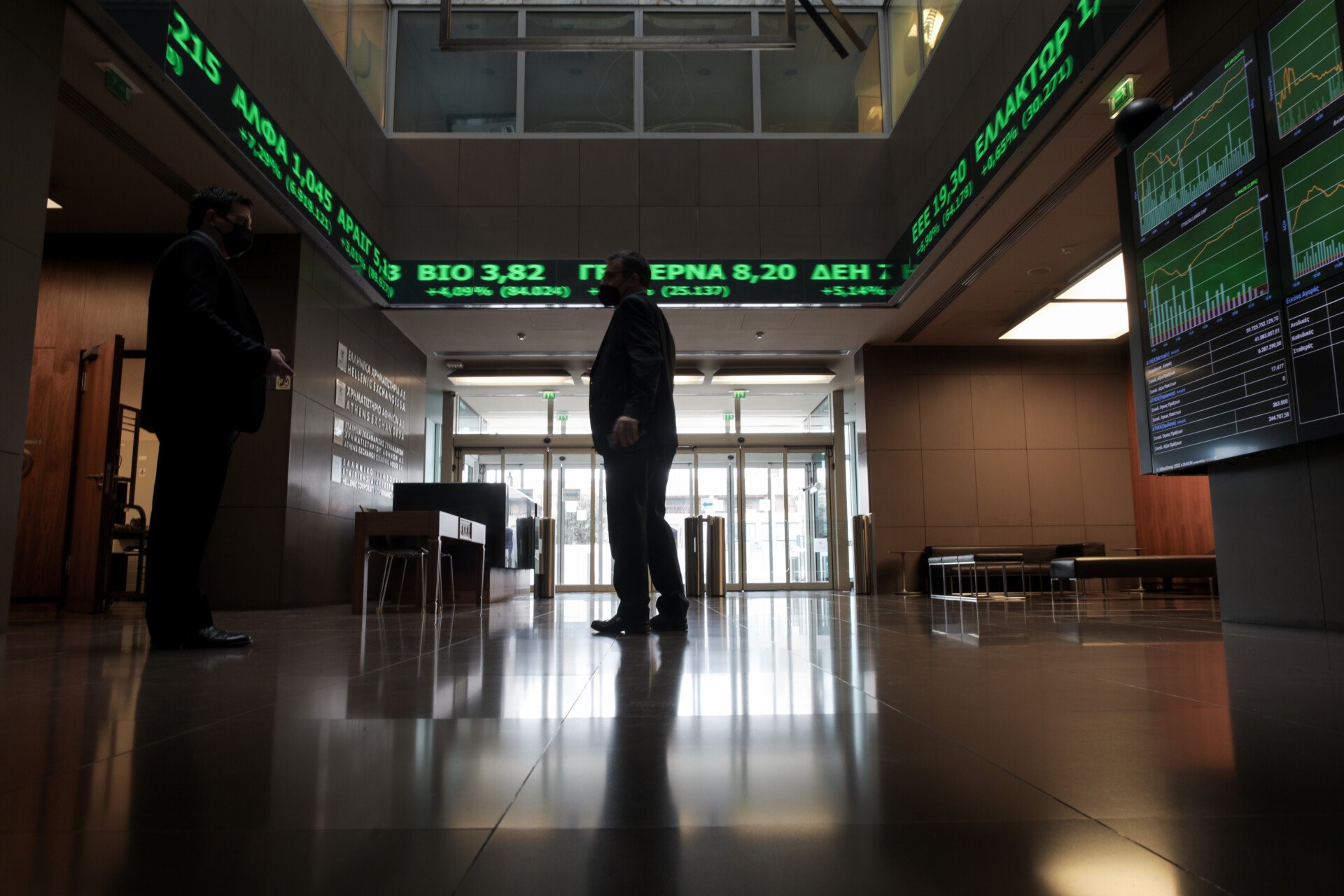- Για έγκυρη και έγκαιρη ενημέρωση
- info@green-news.gr

Υβριδικός πόλεμος και σαμποτάζ σε ελληνικό λιμάνι; Οι 8 απειλές που το FP προειδοποιεί πως δεν μπορούμε να αγνοήσουμε το 2025
3 January 2025
Νότια Κορέα: Φωτιά σε πολυώροφο κτίριο – Αναφορές για εγκλωβισμένους
3 January 2025Friday, August 2 and Tuesday, October 8 were the two dates of 2024 that boosted the morale of the domestic stock market.
After 11 years of waiting, the Athens Stock Exchange was placed on a watch list for 2025, in order to see whether it meets the criteria for its upgrade to a developed market, first by S&P DJI (Dow Jones Indices) last August and then by FTSE Russell in October.
In addition to FTSE Russell and S&P DJI, the other foreign rating agencies that decide on the classification of stock exchanges are MSCI and Stoxx (STOXX World All Cap and STOXX Europe).
Despite the fact that the domestic economy has been upgraded to investment grade since October 2023 by the four international rating agencies (S&P, Fitch, DBRS, Scope), with the exception of Moody’s, the transition of the Athens Stock Exchange to developed markets is considered as time-consuming and difficult.
Even after its placement in the watch list, the road to upgrading is long. This is because it is not considered a given that all the criteria set by the agencies will be met within 18 months, so that, in consultation with large institutional investors, will give the final “green light” for the transfer.
Athens meets the prerequisites regarding investable market cap, investment grade, and all other market quality criteria. A key criterion that the ATHEX must meet is the number of listed companies (at least five are required) with a minimum free float capitalization of over 3 billion euros.
Optimistic Management
The CEO of the Athens Exchange Group, Yiannos Kontopoulos, appeared optimistic about the upgrade of the Stock Exchange at the presentation of the new corporate identity of the Athens Stock Exchange, claiming that after being included in the watch list by S&P Dow Jones and FTSE Russell, it will join the developed markets in 12 to 18 months.
The major issue
However, the major issue for the Greek market is the limited number of listed companies that have sufficient marketability. In developed markets, the assets under management of passive funds reach 52 trillion dollars, compared to just 6.3 trillion dollars in emerging markets that hedge funds invest in. The passive funds that will come to Athens with the upgrade, in 2026, currently invest approximately 88% in developed markets and only 12% in developing markets.



